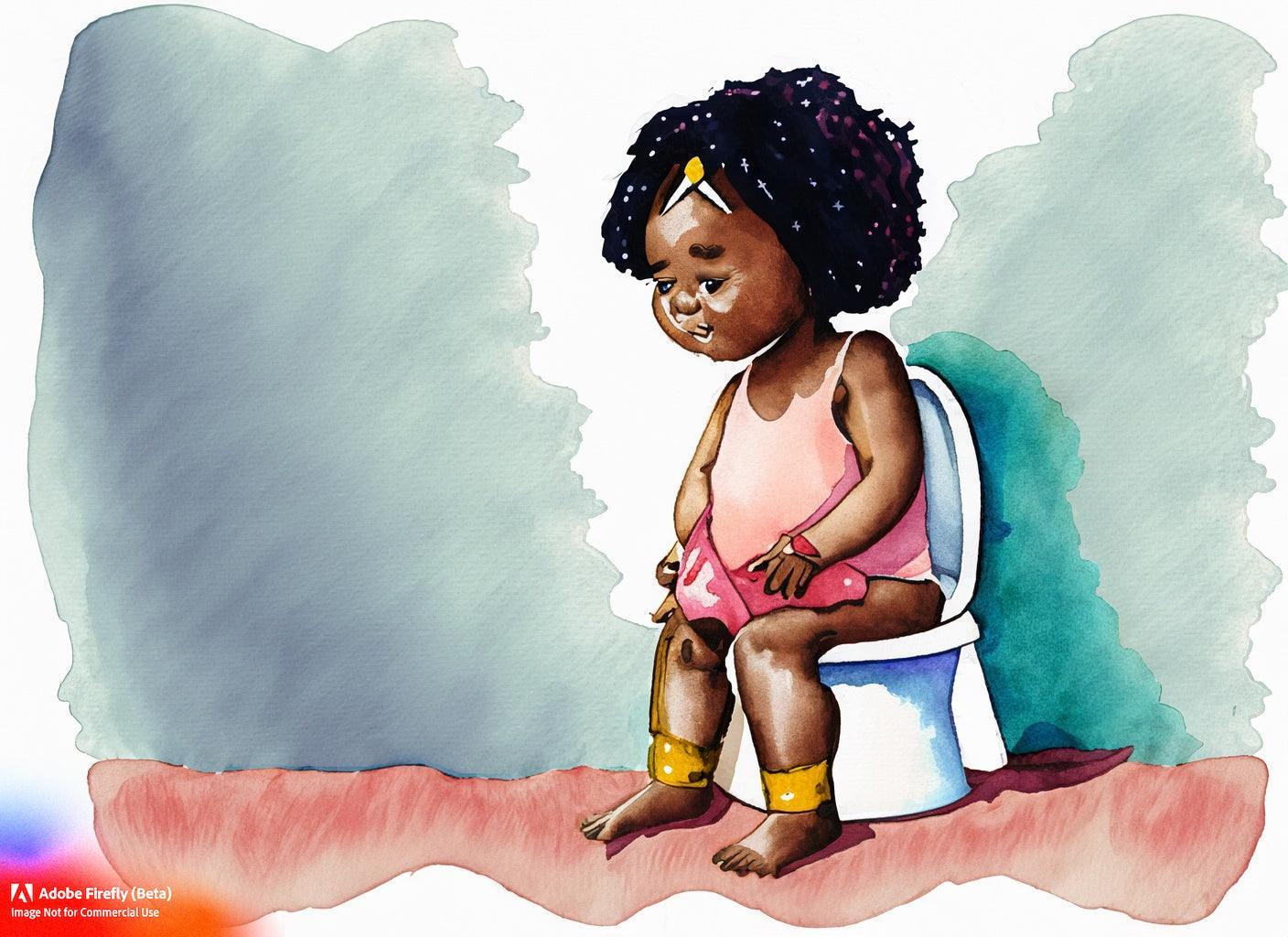Potty training is one of the biggest milestones in a child's life, and it's something that can be both exciting and daunting for parents. While it can be a challenging task, it's essential to teach your child how to use the toilet and say goodbye to diapers. With the right approach, potty training can be a success, and your child will be able to take a step towards independence.
In this article, we will provide you with tips and tricks on how to potty train your toddler. We'll cover everything from when to start potty training to the best ways to encourage your child to use the toilet. So, let's get started.
** View all parenting books online from 4aKid
How to Get Your Child Excited About Potty Training
Before you start potty training, it's important to get your child excited about the idea. Here are some tips for doing just that:
-
Let your child pick out their own potty seat or training pants. This can help them feel more involved in the process and give them a sense of ownership over their new potty gear.
-
Read potty training books together. There are plenty of fun and engaging children's books about potty training that can help your child feel more comfortable with the idea. Some great examples include "Potty" by Leslie Patricelli and "Once Upon a Potty" by Alona Frankel.
-
Use positive reinforcement. When your child shows an interest in using the potty or successfully goes on their own, be sure to praise them and give them a small reward, such as a sticker or a piece of candy.
-
Make it a fun game. Sing silly songs or play a game while your child is sitting on the potty to help them relax and enjoy the experience.
** View all parenting books online from 4aKid
Best Time to Start Potty Training
There is no one-size-fits-all answer to when you should start potty training your toddler, but there are some signs that your child may be ready:
-
Your child is showing an interest in the potty or has started to ask questions about it.
-
They are able to communicate their needs to you, such as letting you know when they have to go.
-
They are able to sit on the potty for a few minutes at a time without getting too restless.
-
They have started to develop bladder and bowel control, such as staying dry for longer periods of time.
** View all parenting books online from 4aKid
Tips and Tricks for Potty Training Success
Once you've determined that your child is ready to start potty training, here are some tips and tricks to help make the process a success:
-
Create a routine. Establish a regular potty schedule, such as every hour or after meals, to help your child get into the habit of using the potty.
-
Use positive language. Avoid negative language or punishment when accidents happen, and instead, use positive language and encouragement to reinforce good behavior.
-
Dress your child in easy-to-remove clothing. Choose clothing that is easy for your child to take off and put back on independently.
-
Be patient and consistent. Potty training can take time, so be patient and consistent in your approach. Stick to your routine and reward good behavior to help your child develop good habits.
** View all parenting books online from 4aKid
FAQs:
Q: What should I do if my child refuses to use the potty?
A: Don't force your child to use the potty if they aren't ready. Instead, take a break and try again in a few weeks. You can also try different approaches, such as using a different type of potty or training pants, to see if that helps.
Q: What is the best age to start potty training?
A: There is no one-size-fits-all answer to this question, as every child is different. However, most children are ready to start potty training between the ages of 18 months and 3 years old.
Q: How do I know when my child is ready for potty training?
A: Look for signs of readiness, such as an interest in the toilet, staying dry for longer periods of time, and the ability to communicate their needs.
Q: Should I use a potty chair or a toilet seat insert?
A: Again, there is no one right answer. Some children prefer a potty chair, while others are more comfortable with a toilet seat insert. Try both options and see which one works best for your child.
Q: How do I handle accidents during potty training?
A: Accidents are a normal part of the potty training process. Stay positive, remind your child of what they should do, and help them clean up. It's important to avoid punishing or shaming your child for accidents.
Q: What if my child refuses to use the potty?
A: It's important to be patient and consistent with potty training. If your child is resistant, take a break and try again later. You can also try using incentives, such as stickers or a small treat, to encourage your child to use the potty.
** View all parenting books online from 4aKid
Conclusion:
Potty training can be a challenging process, but with patience and consistency, it is possible to successfully teach your toddler how to use the toilet. Remember to look for signs of readiness, use positive reinforcement, and be patient with accidents and setbacks. With the tips and tricks outlined in this article, you'll be well on your way to potty training success. And if you're looking for even more guidance and support, be sure to check out The Ultimate Guide to Potty Training: Tips and Strategies for Parents - Potty Training Made Easy by 4aKid.










